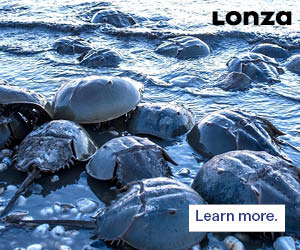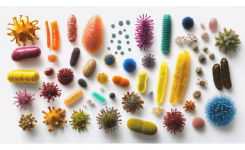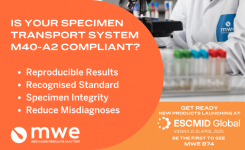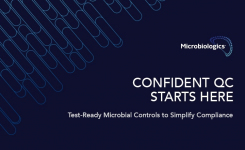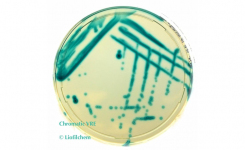
Comparison of two extraction methods for the Group D antigen of Vancomycin Resistant Enterococci by Sharon McIntyre and Steve Davies Microbiology Department, Northern General Hospital, Sheffield, UK
Enterococci Enterococci have traditionally been seen as opportunistic pathogens, mainly causing UTI's and wound infection due to colonization Enterococci are also implicated in more severe infections such as bacteraemia and endocarditis. Figures obtained from the voluntary surveillance of Enterococcus sppbacteraemia for England, Wales, and Northern Ireland:2004 (CDR Weekly vol 15 no11 17th March 2005) show: There has been a slight increase in the number of enterococcal bacteraemia's reported between 2003 and 2004 (6285 and 6314 respectively). E. faecalisaccounted of 63% and E. faecium 28% of all reports, of which 2% and 22% respectively proved to be glycopeptides resistant.
Introduction
- The group D antigen in Enterococci is composed of teichoic acid, which unlike beta-haemolytic streptococci can not be detected using traditional acid extraction techniques. Therefore enzymatic methods are necessary.
- Pro-lab have manufactured a modified acid extraction method (Prolex-Blue) which is not only quicker compared with other acid extraction but offers the advantage of detecting group D streptococcal/enterococcal antigen.
- A previous study undertaken by our department compared five commercially available streptococcal grouping kits.
- Consisting of a combination of various enzyme and acid extraction methods.
- In this study the Prolex-Blue kit performed well giving excellent results when compared with the enzyme extraction kits. (Davies et al British Journal of Biomedical Science 2003 60 (3))
- As illustrated below.
Table 1: The number of strains correctly identified by the various commercial kits.
Table 2 - The speed of agglutination of the various commercial kits
|
Since this study Oxoid have launched a new streptococcal grouping kit which reports to have a 'new improved' enzyme extraction reagent which it claims significantly improves the sensitivity of the kit for enterococci, with particular reference to Vancomycin resistant enterococci (VRE) (Oxoid ltd May 27th 2004).
The aim of this study was to compare the current Pro-Lab and Oxoid Streptococcal Grouping kits for their ability to detect VRE
Materials and Methods Organisms Used For this study 50 strains of VRE were tested these included:
| 33 | E.faecium |
| 9 | E. faecalis |
| 8 | E. casseliflavus |
- These were identified by API 20 strep, bile aesculin hydrolysis and Methyl-alpha-D-Glucopyranoside (MGP) broths (Carvalho et al. JCM June 1998 p1584-1587, vol36,no6).
- Each of the strains were then tested against all six antigens proved.
- Agglutination was observed for up to 1 minute under normal lighting conditions.
Recommended Extraction Methods Oxoid
- 2-5 colonies were added to a tube containing 0.4mls of reconstituted enzyme.
- This was incubated at 37°C of 10 minutes.
- Shaking the tubes after 5 minutes.
- After incubation the extract was allowed to cool to room temperature before testing.
Prolex-Blue
- 1-4 colonies were added to a tube containing one drop of reagent 1.
- To this one drop of reagent 2 was added, this was then mixed for 5-10 seconds by tapping the tube.
- Then five drops of reagent 3 were added.
- The extract was then ready for testing.
Results
| Time to Agglutination (secs) | Oxoid | Pro-Lab |
| 0 to 10 | 24 | 20 |
| 11 - 20 | 18 | 18 |
| 21 - 30 | 3 | 6 |
| 31 - 60 | 1 | 1 |
| > 60a | 6 | 6 |
a - these strains all grouped as Group D when repeated with a much heavier inoculum
| Oxoid | Pro-Lab | |
| E.faecalis | 1 | 0 |
| E. faecium b | 3 | 4 |
| E. casseliflavus | 2 | 2 |
b - Including 3 isolates not originally detected by either method.
Conclusion
- No cross reaction was observed with either kit.
- Both kits gave impressive results with most strains showing agglutination in 30 seconds.
- However as the Oxoid extract cooled it became more viscous and the reactions were stringy and more difficult to interpret.
- From this study neither kit had a clear advantage when it came to detecting Group D antigen in VRE's
- Prolex-Blue has the advantage of a rapid extraction step which is ideal for individual strains.






